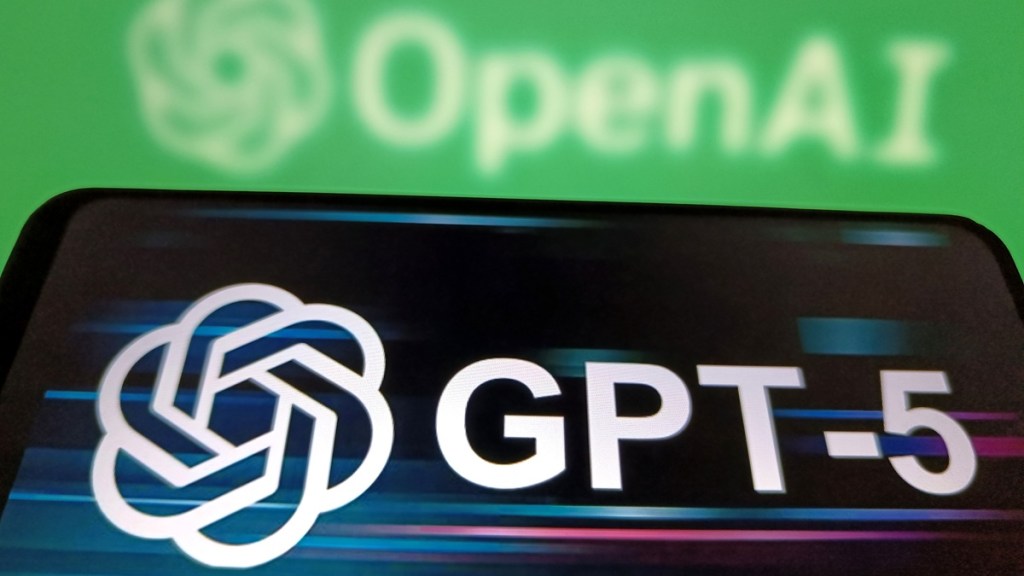OpenAI just released ChatGPT-5, its smartest, fastest, and most capable model yet, but some users can’t seem to get access. For many eagerly checking their browsers and app stores, there’s been one big question: Where is it? Here’s why some users are unable to find it.
What is happening with ChatGPT-5?
Despite CEO Sam Altman’s bold comparisons, likening GPT-5 to the jump from a basic phone to the iPhone Retina display, some users are opening ChatGPT only to find GPT-4 still in place.
Although OpenAI has stated that GPT-5 is being released to all ChatGPT users, not everyone will see it at the same time. The rollout is happening in phases, which is a common strategy used by tech companies to manage server demand and address any early bugs before scaling access.
Reports suggest that some users are seeing ChatGPT-5 appear only on specific platforms. For instance, several have accessed the model through the mobile app but not on desktop browsers. Others noted it showing up in the Windows app while still missing on iOS or Android. This kind of staggered rollout is intentional and not a sign of user error. OpenAI appears to be prioritizing mobile platforms first. Users experiencing delays are encouraged to check the mobile app, where GPT-5 is more likely to show up early.
OpenAI has positioned ChatGPT 5 as its flagship model, describing it as a leap ahead in accuracy, speed, and reasoning ability. Altman says it finally feels like talking to a PhD-level expert, as opposed to the “high school student” feel of GPT-3 or the “college student” vibes of GPT-4. Moreover, it introduces a unified model interface, four new personality themes: Cynic, Robot, Listener, and Nerd. Additionally, color customization for chat threads and industry-leading performance in coding benchmarks.
Free-tier users can access Chat GPT 5 up to a certain prompt limit, after which the system will automatically shift to a lighter version. Developers, meanwhile, can access GPT-5 through OpenAI’s API in three versions: GPT-5, GPT-5 mini, and GPT-5 nano.










